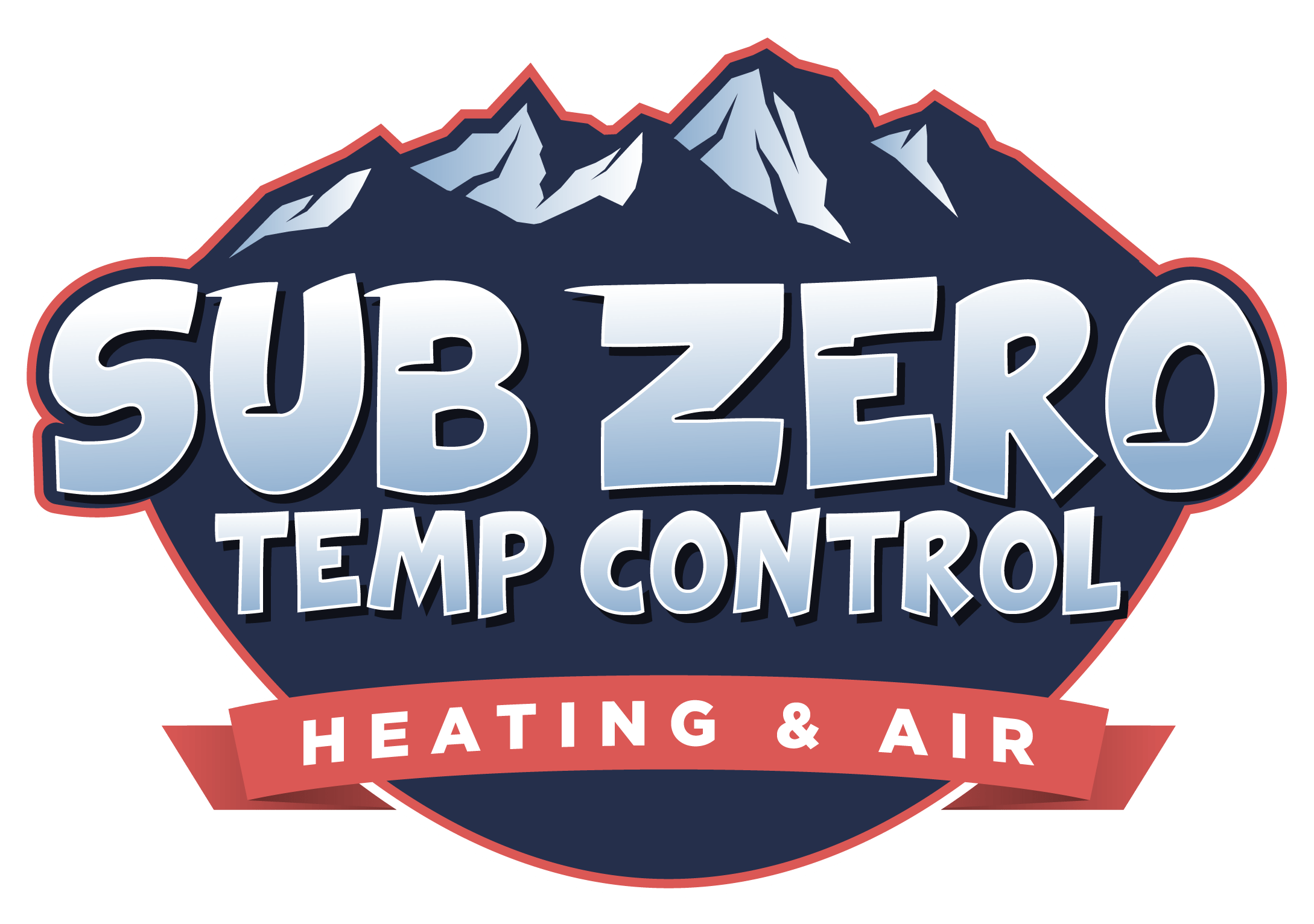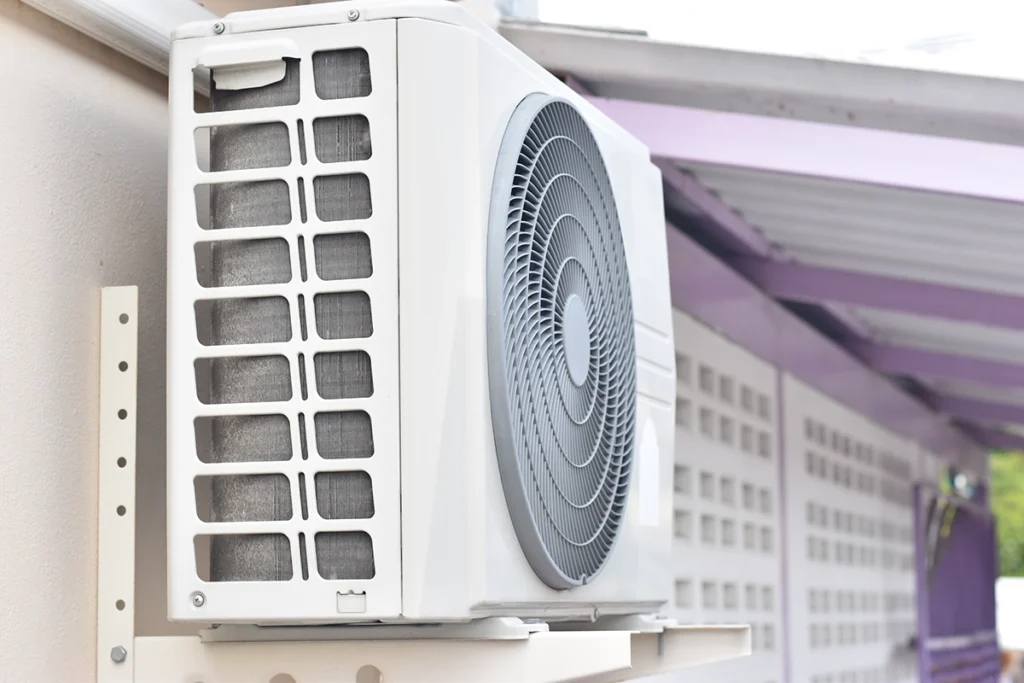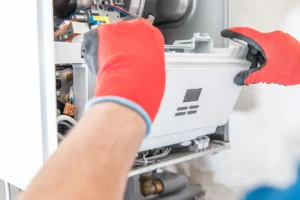When people ask me about the disadvantages of mini split systems, they’re usually trying to decide if a ductless setup is worth it. I get that. At Sub Zero Temp Control, we install plenty of systems every month, and we also see the frustrations homeowners face when a ductless system isn’t the right match. Mini splits can work beautifully. Yet they have limits. Knowing those limits helps you make a smarter choice before spending money.
Understanding the Disadvantages of Mini Split Systems
Mini splits solve many comfort problems, but they aren’t perfect. And since I work with these systems every day, I’ve seen the good, the bad, and everything between. Let’s walk through the issues that surprise homeowners most often.
High Upfront Costs Can Catch You Off Guard
Mini splits usually cost more upfront than traditional systems. That surprises people. Even though installation is simpler, the equipment itself is pricey. Because of that, many homeowners hesitate once they see the estimate.
Additionally, multiple indoor units increase the price fast. That part often gets missed when people start researching. It’s not wrong to pay more for comfort, but you should know what you’re getting into before signing anything.
Aesthetic Issues: One of the Least Expected Disadvantages of Mini Split Systems
Another common complaint involves appearance. Some folks don’t love the look of wall-mounted air handlers. That’s fair. Even though newer designs are slimmer, they still stand out. Traditional ducted systems hide almost everything.
While the look won’t matter to everyone, it can bother homeowners who want a cleaner layout. Because of that, it’s smart to think about design early.
Indoor Unit Placement Sometimes Feels Limiting
Mini splits give you zone control, but placement still matters. You need the right wall height, the right spacing, and the right airflow. I’ve walked into homes where someone installed a unit too low, too high, or in the wrong corner. Unfortunately, poor placement affects comfort.
You also have to consider furniture, doorways, and direct sunlight. These things shape how well the system performs. With ducted systems, you don’t deal with that as often.
Maintenance Needs Can Surprise New Owners
Mini splits need more frequent filter cleaning than most standard systems. Because each indoor unit has its own filter, you have several to maintain. And since these filters get dirty fast, homeowners must stay consistent.
This part often gets overlooked. A dirty filter reduces efficiency and, in some cases, can cause icing on the coil. Although maintenance is simple, it does require regular attention.
Electrical Requirements Create Extra Steps
Mini splits sometimes need dedicated electrical circuits. That means an electrician might need to add wiring or a breaker. This isn’t always a big deal, but it adds cost. It also adds time.
Before choosing a system, you should confirm your home’s panel can handle the load.
One More Disadvantage of Mini Split Systems: Cold-Climate Limits
Mini splits handle mild to moderate winters well. However, extreme cold challenges some models. Heat output drops as temperatures fall. While newer cold-climate heat pumps perform better, older or budget units still struggle when temps get harsh. Because of that, families in colder regions sometimes need backup heat sources.
A lot of people are surprised to learn how auxiliary heat works with heat pump systems. If you want a quick breakdown, our post What Is AUX Heat and How Does It Work in HVAC Systems? explains why some setups rely on extra help during cold spells. It’s a helpful reference when you’re comparing different heating options.
Many homeowners don’t realize heat output can drop in extreme temperatures. The U.S. Department of Energy explains how different heat pump systems respond to colder climates, which helps set the right expectations.
When Mini Splits Are Still a Great Choice
Even though we’ve talked about the disadvantages of mini split systems, they perform incredibly well in the right situations. They shine in home additions, garages, older houses without ductwork, and rooms that never seem to stay comfortable. At Sub Zero Temp Control, we install them in spaces where zone control truly makes a difference. Because every home is different, matching a system to the space matters more than anything.
That’s also why some homeowners ask about backup heat sources for their ductless systems. If you’ve ever seen “EM Heat” on your thermostat and wondered what it means, our post What Is EM Heat? When to Use Emergency Heat breaks it down in simple terms. Understanding emergency heat helps you compare heating options with fewer surprises.
How Sub Zero Temp Control Helps You Choose Smartly
Because we work with HVAC systems every day, we see patterns quickly. Mini splits can be fantastic. They can also be frustrating when matched poorly. That’s why we walk homeowners through the pros and cons before installation. We want you to avoid surprises. And we want your comfort system to last.
If you ever need advice or want us to take a look at your home, contact us at Sub Zero Temp Control. We proudly serve Vancouver and the surrounding areas, and we’re always here to help you choose the right system with confidence.
FAQs About the Disadvantages of Mini Split Systems
Before we wrap up, here are a few quick answers to common questions. (These help many homeowners decide what direction to go.)
Are mini splits worth it in colder areas like the Pacific Northwest?
Yes, but pick a cold-climate model. Some standard units lose heat output as temperatures drop.
How long do mini splits usually last?
Most systems last 12–20 years with good maintenance and clean filters.
Do mini splits increase energy efficiency?
They often do. Because of zoned heating and cooling, you avoid conditioning unused rooms.
Are mini split repairs expensive?
Repairs vary by part. Inverter boards cost more. Basic cleaning or maintenance stays reasonable.






